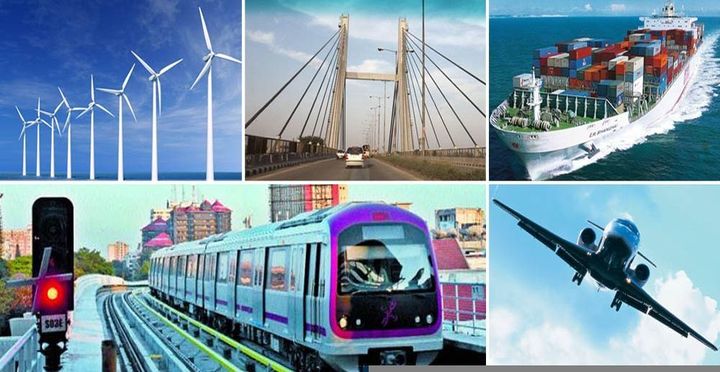
The Road Map for A 21st Century Transportation System is Developing in California (Alternative Energy, Bridges, Ports, Transit, Logistics, Goods Movement)
If states remain the laboratories of democracy, let the State of California model fiscally responsible governance with a commitment to respecting the policy concerns of Californians.
Substantial chatter on the left coast since November 8th of last year has focused on the deep concerns felt about new leadership in Washington, D.C. and a country with seemingly divergent views on the future of the Union. This large grouping of consternation has missed some of the rays of hope at the state and local levels: California voters (Angelenos in particular) supported paying for a government that will lead on educating the minds of tomorrow, improving healthcare delivery/access/affordability and reducing homelessness through housing and services. The voters have been generous and thus demand accountability and follow-through on California's Golden Promise, the left coast version of the American Dream.
One area that has long been a concern to the people of California is that of transportation. The issue was last addressed from a statewide perspective in 2006 via a revenue bond. Those monies are now gone and transportation funding at the state level isn't even keeping up with the Los Angeles region. California Speaker Anthony Rendon and Transportation Committee Chair James Frazier have worked for three years to craft a measure that will make substantial investments in road and bridge repair on the Eisenhower-era driving infrastructure of our state while rewarding jurisdictions that prioritize local measures to fund streets, transit, rail, bicycle lanes, ports, and goods movement corridors.
In addition to an eleven-year hiatus on any large statewide transportation investment, California government reduced transportation funding during the Great Recession to prevent even deeper cuts to education, healthcare, human services, consumer protection and environmental stewardship than occurred between 2009 and 2011. Some two billion dollars has been diverted from freeways, bridges, and roads every year since that time to payoff debt and offset other program reductions. Since the people of South and West Los Angeles sent me to the Legislature in 2013, I have partnered with leaders from every corner of the state to restore transportation funding. Every year, there was a choice that pitted transportation funding against major priorities.
The issue is that while voters have agreed to taxes for the basics of state government services, the state budget is very closely balanced with the minimal required reserve. California at present is not structured for new funding increases. So if the people care to honor the legacy of those who invested in the transportation system, revenues must be raised.
In transportation, there are two traditional revenue options for states: car registration fees and fuel surcharges. They can feel expensive at the pump or the Department of Motor Vehicles. I would argue better that feeling with a shorter commute, less blight on the highway, and fewer trips to the repair or tire shop than the headache of a 1950s transportation system that is a decade behind its maintenance obligations.
On Thursday April 6th, the California State Assembly will begin the process of making good on modeling fiscally prudent government: clarity of goals and resource priority to meet identified need. There will be considerable middle income employment caused by this investment as well as broad business opportunity for local small/medium-sized and women/minority/veteran-owned enterprises.
The driving, riding, and working public will be better for the April 6th vote should Legislators adopt new revenues. I am honored to have the opportunity to serve the public in high office. My core responsibilities allow for impacting decisions with an eye on strategic investments for now and for the future. California can lead the nation by positive example in restoring and expanding transportation infrastructure funding on April 6th.